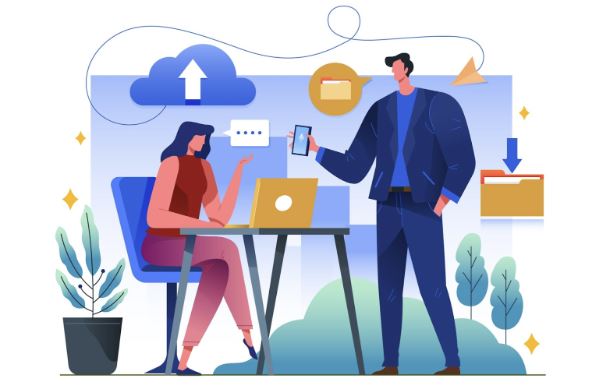Education technology, popularly known as EdTech, has revolutionized how students and lifelong learners access knowledge and training. At the forefront of this revolution are learning apps – mobile and web-based applications that offer diverse educational content and experiences. For entrepreneurs, these apps present both a challenge and an opportunity.
While there are vast potential markets to tap into, there's also stiff competition. Success often hinges on effective monetization strategies. In this article, we'll explore several approaches for monetizing learning apps, providing EdTech entrepreneurs with actionable insights.
Understanding Your Target Audience
Before jumping into specific monetization techniques, it's crucial to know your audience inside out.
Demographics and Preferences: Consider factors like age, educational background, interests, and geographical location. Are they school students, college grads, professionals looking for continuous education, or a mix?
Pain Points and Needs: What gaps in the market does your learning app address? May be it's an app that simplifies complex subjects, or perhaps it's for those looking to learn a new language.
Willingness to Pay: Are they seeking free resources, or are they ready to invest in a premium learning solution?
By answering these questions, you can tailor your monetization strategy to your user's specific needs and wants.
Item Monetization Models for Learning Apps
Freemium: One of the most popular models in the learning apps space. Offer basic features for free, but reserve advanced features, content, or functionalities for paying users. This model can effectively attract a wide user base and then convert a fraction of them into paid users.
Subscription: Users pay a recurring fee(monthly, quarterly, yearly) to access the content. The advantage here is that you can predict revenue based on subscription renewals. To ensure a steady stream of income, focus on regularly updating content and enhancing app features.
One-time Purchase: Charge users a one-time fee to download and use your app. This approach is straightforward, but it's essential to deliver high-quality content that justifies the price.
Ads and Sponsorships: Integrate ads or get sponsorships relevant to your user base. However, ensure that the ads don’t disrupt the learning experience. If done tactfully, this can be a significant revenue stream.
Leveraging Partnerships
Collaborate with educational institutions, trainers, or content creators. Such partnerships can lend credibility to your app, provide valuable content, and open doors to markets you might not have accessed alone.
Offering Certifications
If your learning app is centered around professional training or courses, consider offering certifications upon course completion. Many learners value certifications as they can enhance their professional profile. Similarly, resources like Microsoft DP-900 Practice Test Dumps can help learners prepare for certification exams, boosting their skills and confidence to succeed in the field of data fundamentals.
In-app Purchases
Provide users with the option to buy additional resources, like e-books, study materials, or exclusive videos. These purchases can enhance their learning experience, offering value that they're willing to pay for. You can also allow users to restore in app purchases, making it easy for them to access previous content.
Personalized Learning Experiences
Offer personal learning paths, quizzes, or online tailored tutoring at a premium. Personalization can greatly enhance the learning experience, and many users are willing to pay extra for it. For example, visual learners would gladly pay to get some visual aids as part of their lessons to help them study better and retain more.
Utilizing Efficient App Builders
For EdTech entrepreneurs who aren't tech-savvy, using platforms like Fliplet – a no-code app builder – can be a game-changer. It enables rapid creation of a learning app without delving into intricate coding processes. By reducing development time and costs, entrepreneurs can focus on content, marketing, and monetization. This democratizes the ability to design no-code applications, allowing even those without technical backgrounds to bring their innovative educational ideas to life quickly and efficiently.
Feedback and Continuous Improvement
Actively seek feedback from your users. What features do they love? What do they think is missing? Use this feedback to iterate and improve your app. Continuous improvement can lead to user retention and attract new users, thereby increasing monetization opportunities.
Marketing and Outreach
A great learning app with no users will not generate revenue. Invest in marketing strategies tailored for your target audience. Social media campaigns, influencer collaborations, and educational blogs can be effective in driving users to your app.
Conclusion
The world of EdTech is dynamic and ever evolving. Learning apps have emerged as powerful tools to impart education and skills. For entrepreneurs, monetizing these apps effectively is the key to sustainable success. By understanding your audience, choosing the right monetization model, leveraging partnerships, and continuously improving your offerings, you can create a learning app that not only educates but also generates revenue.


.jpg)




